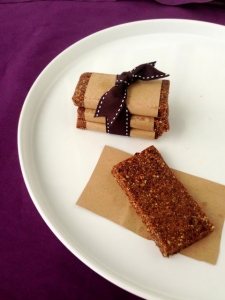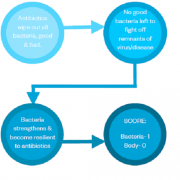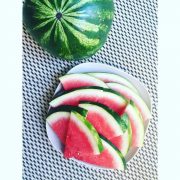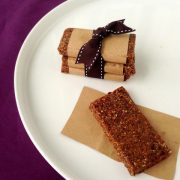
With a busy holiday season in full speed, preparing school lunches can be pushed to the bottom of the to-do list (especially when it comes to making wholesome, nutritious meals). Kids need constant fuel to maintain momentum throughout the day- every cell, organ, tissue, and muscle are hard at work every moment of the day to keep your child alive and well. Therefore, it is at the utmost importance to feed her or him nourishing and energy-filled foods to supply the body’s systems with fuel.
Let’s be honest- reaching for the packaged box of crackers can be much more convenient than making a raw side salad. I totally get that. Do you want to hear some great news, though? Making supercharged dishes and sides for your child’s lunch really can be as easy as opening a box of crackers- it just takes one thing: commitment.
The key to healthy lunches is to include a little bit of everything (nutrients and flavors, of course!) Make sure to provide sources of protein, healthy fat, complex carbs; different textures (i.e. crunchy and smooth); and a combination of flavors (e.g. (Check out our previous article “Healthy Breakfast Options for Kids” for examples of good proteins, fats, as well as fruit and veggie options.)
Here are some homemade food options that are easy to prepare, colorful, and packed with nutrition to fuel your child’s energetic fire all day long (in a healthy way!).
[title size=”2″]Apple Sandwich Delights[/title]
Ingredients
Local apples
Raw Nut/Seed Butter*
Organic Raisins/Figs
Cinnamon
Local Honey (Optional)
Instructions
- Core the apples, and slice horizontally into roughly ¼ inch sections (use the ends, too!)
- Spread the nut/seed butter on one slice; sprinkle with raisins/figs cinnamon, and honey (if using).
- Top the sandwich with another apple slice, and voilà!
*Making your own nut butter is the best option to avoid unhealthy ingredients like sugar or hydrogenated oils. To make, soak raw nuts/seeds in water for 1-2 hours or so, then drain and pat dry. Next, use a food processor to blend the nuts/seeds. Feel free to add a dash of sea salt, a bit of organic, grass-fed butter (melted), coconut oil (melted), or Extra Virgin Olive Oil (might affect taste a bit, so experiment first). Flavor with cinnamon, honey, fair trade dark cocoa powder, etc. The taste opportunities are endless!
[title size=”2″]Fruit & Veggie Chips (Homemade!)[/title]
Ingredients:
Various fruits that are naturally crisper (apples, pears)
Various veggies (zucchini, squash, beets, sweet potatoes)
Coconut Oil (melted)
Spices (cinnamon, salt/pepper, garlic, dill)
Instructions:
- Slice veggies/ fruit into extremely thin slices (about 1/16 in thick).
- Coat veggies in coconut oil, and spread out on baking sheet (use parchment paper to keep food from sticking to baking sheet).
- Sprinkle spices of choice onto fruits/veggies.
- Bake at 200 for 1- 1 ½ hours, or until a bit crispy.
[title size=”2″]Toasted (Not)! Peanut Butter & Jelly Bars[/title]
Makes about 15 bars
Ingredients:
16 oz. of raw sunflower seeds
16 oz. of Organic Thomson Seedless Raisins
1 tablespoon of grass-fed butter or ghee*
Dash of sea salt
Instructions:
- Melt butter/ghee in a sauce pan. Add sunflower seeds, and toast over medium heat; stir constantly to prevent burning (5-10 min).
- Process seeds in food processor (30 seconds). Add raisins and salt; process until the mixture comes together in a sticky ball (1-2 min).
- Line a cookie sheet with parchment paper, and spread mixture onto a third of the pan.
- Place second parchment paper on top. Smooth out mixture with rolling pin.
- Place in the fridge, and store in an airtight container. Cut into bars when chilled.
* Check website for dairy-free version
Recipe courtesy of Honestly Delicious blog
http://honestlydelicious.blogspot.com/2013/10/toasted-peanut-butter-and-jelly.html
[title size=”2″]Farm Fresh Wrap[/title]
Ingredients:
Coconut Wrap (these are seriously amazing and are an excellent healthy alternative to other wrap
options like flour or corn)
Optional Toppings:
Avocado
Sliced veggies (ex: peppers, squash, zucchini, cucumbers, onions, carrots, radishes)
Sliced fruits (tomatoes, apples, grapes, pomegranate seeds, peaches, pears)
Sprouts
Leafy greens
Organic, pasture-raised loose meats/chicken
Instructions:
- Spread avocado on wrap.
- Top with veggies, fruits, sprouts, leafy greens, meats, or any other farm fresh food!













